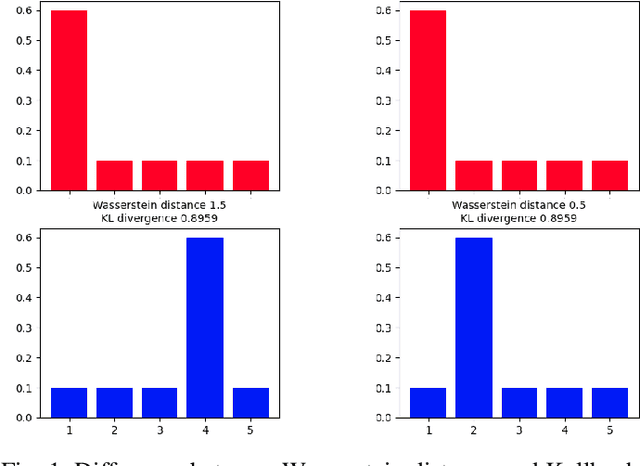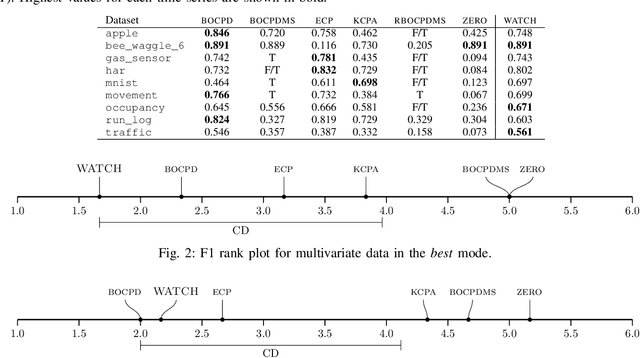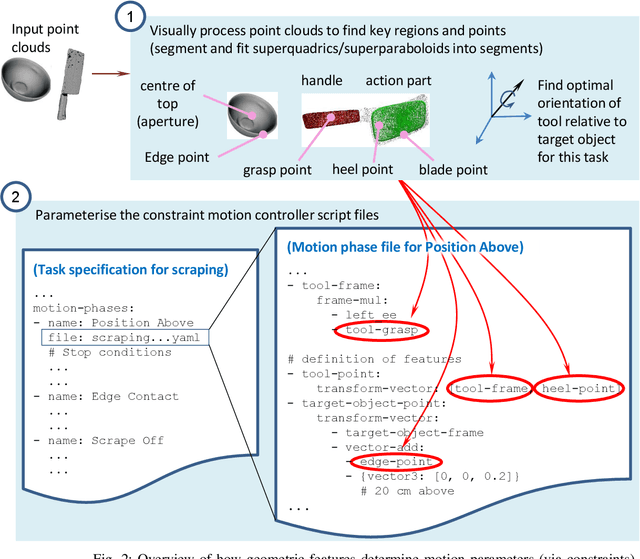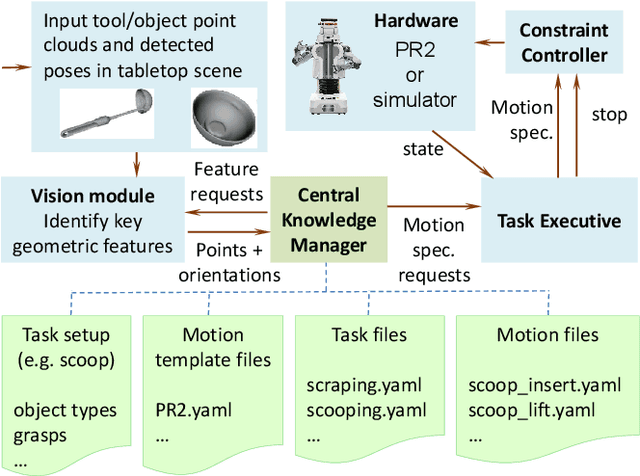Bartlomiej Sniezynski
Lifelong Learning for Anomaly Detection: New Challenges, Perspectives, and Insights
Mar 14, 2023



Abstract:Anomaly detection is of paramount importance in many real-world domains, characterized by evolving behavior. Lifelong learning represents an emerging trend, answering the need for machine learning models that continuously adapt to new challenges in dynamic environments while retaining past knowledge. However, limited efforts are dedicated to building foundations for lifelong anomaly detection, which provides intrinsically different challenges compared to the more widely explored classification setting. In this paper, we face this issue by exploring, motivating, and discussing lifelong anomaly detection, trying to build foundations for its wider adoption. First, we explain why lifelong anomaly detection is relevant, defining challenges and opportunities to design anomaly detection methods that deal with lifelong learning complexities. Second, we characterize learning settings and a scenario generation procedure that enables researchers to experiment with lifelong anomaly detection using existing datasets. Third, we perform experiments with popular anomaly detection methods on proposed lifelong scenarios, emphasizing the gap in performance that could be gained with the adoption of lifelong learning. Overall, we conclude that the adoption of lifelong anomaly detection is important to design more robust models that provide a comprehensive view of the environment, as well as simultaneous adaptation and knowledge retention.
WATCH: Wasserstein Change Point Detection for High-Dimensional Time Series Data
Jan 18, 2022



Abstract:Detecting relevant changes in dynamic time series data in a timely manner is crucially important for many data analysis tasks in real-world settings. Change point detection methods have the ability to discover changes in an unsupervised fashion, which represents a desirable property in the analysis of unbounded and unlabeled data streams. However, one limitation of most of the existing approaches is represented by their limited ability to handle multivariate and high-dimensional data, which is frequently observed in modern applications such as traffic flow prediction, human activity recognition, and smart grids monitoring. In this paper, we attempt to fill this gap by proposing WATCH, a novel Wasserstein distance-based change point detection approach that models an initial distribution and monitors its behavior while processing new data points, providing accurate and robust detection of change points in dynamic high-dimensional data. An extensive experimental evaluation involving a large number of benchmark datasets shows that WATCH is capable of accurately identifying change points and outperforming state-of-the-art methods.
Adapting Everyday Manipulation Skills to Varied Scenarios
Mar 04, 2019



Abstract:We address the problem of executing tool-using manipulation skills in scenarios where the objects to be used may vary. We assume that point clouds of the tool and target object can be obtained, but no interpretation or further knowledge about these objects is provided. The system must interpret the point clouds and decide how to use the tool to complete a manipulation task with a target object; this means it must adjust motion trajectories appropriately to complete the task. We tackle three everyday manipulations: scraping material from a tool into a container, cutting, and scooping from a container. Our solution encodes these manipulation skills in a generic way, with parameters that can be filled in at run-time via queries to a robot perception module; the perception module abstracts the functional parts for the tool and extracts key parameters that are needed for the task. The approach is evaluated in simulation and with selected examples on a PR2 robot.
 Add to Chrome
Add to Chrome Add to Firefox
Add to Firefox Add to Edge
Add to Edge